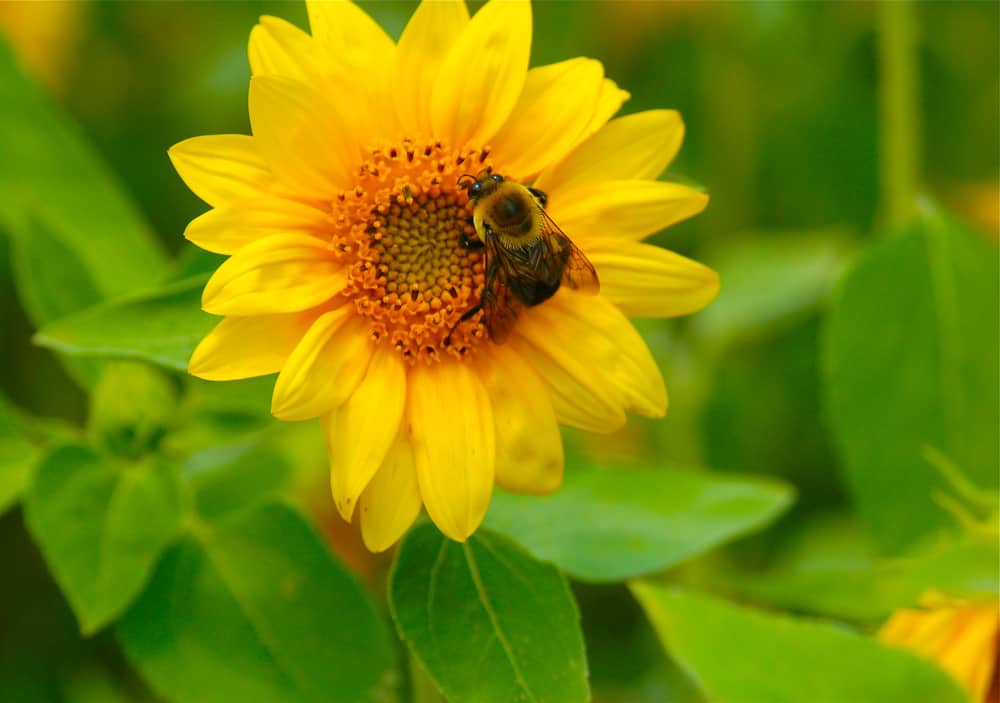Click on any of the items below for more specific information about pollinators:
 About Pollinators
About Pollinators
Pollinator Conservation
Plants for Monarchs
Take Action to Support Pollinators
Planting for Nectar and Pollen
Pollinator Video
Decrease Chemical Usage
Pollinator eBook

